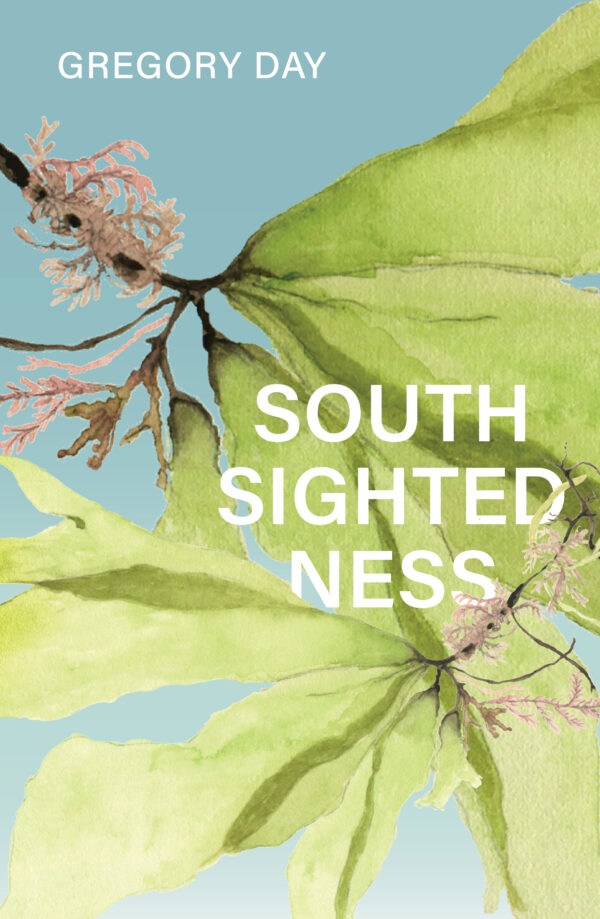Melbourne International Jazz Festival

This year’s Melbourne International Jazz Festival (MIJF) was heavy on Grammy winners and nominees – including Esperanza Spalding, Makoto Ozone, Antonio Sánchez, Brandee Younger, Marcus Miller – a sure sign of the festival’s growing international status and capacity to attract some of the biggest names in jazz. None come bigger than Herbie Hancock, fourteen-time Grammy winner, who returned to MIJF for the first time since 2019, to headline Jazz at the Bowl, alongside bassist Marcus Miller.
While previous iterations of Jazz at the Bowl leaned heavily toward funk and soul (Fat Freddy’s Drop, Chaka Kahn), this one placed jazz front and centre. Hancock’s standing – he may be the most recognisable jazz artist on the planet, with more than six decades of music-making under his belt, from his pioneering 1960s work with Miles Davis, through to 1980s hits like ‘Rockit’ and beyond – ensured a massive crowd, confirmation that his music crosses genres and generations.
Continue reading for only $10 per month. Subscribe and gain full access to Australian Book Review. Already a subscriber? Sign in. If you need assistance, feel free to contact us.















Leave a comment
If you are an ABR subscriber, you will need to sign in to post a comment.
If you have forgotten your sign in details, or if you receive an error message when trying to submit your comment, please email your comment (and the name of the article to which it relates) to ABR Comments. We will review your comment and, subject to approval, we will post it under your name.
Please note that all comments must be approved by ABR and comply with our Terms & Conditions.